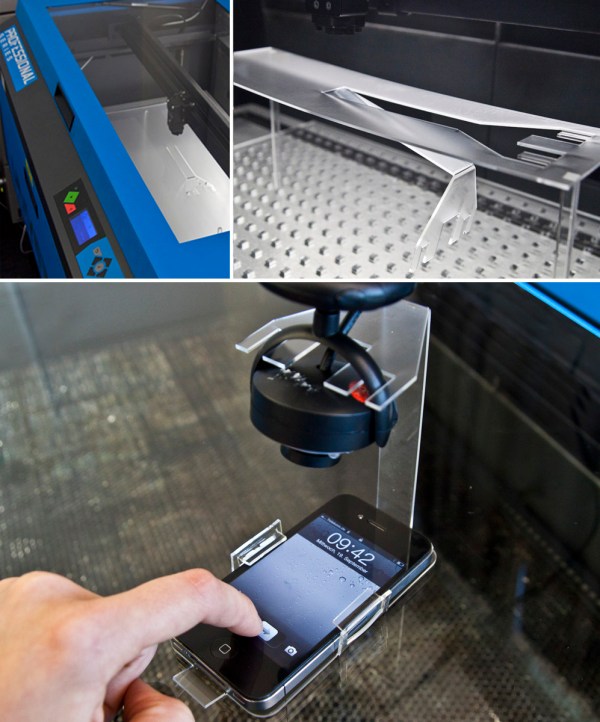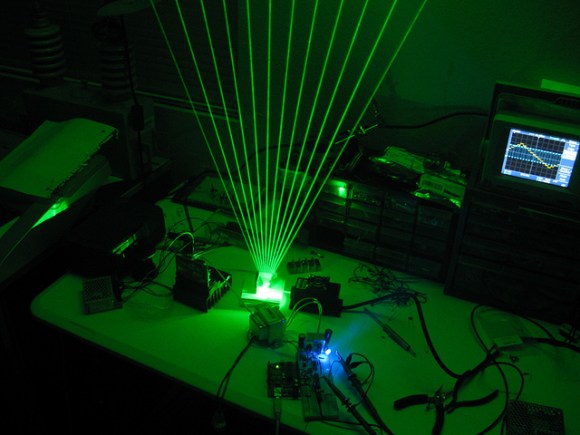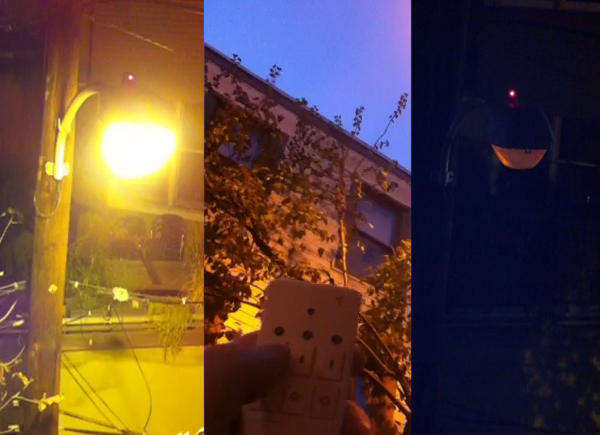One of our tipsters just sent us a link to some fascinating videos on a new style of rapid prototyping — Laser Origami!
The concept is fairly simple, but beautifully executed in the included videos. A regular laser cutter is used to cut outlines of objects in clear lexan, then, by unfocusing the laser it slowly melts the bend lines, causing the lexan to fold and then solidify into a solid joint. It becomes even more interesting when they add in a servo motor to rotate the workpiece, allowing for bends of angles other than 90 degrees!
Depending on the part you are designing, this method of rapid prototyping far exceeds the speeds of a traditional 3D printer. The part shown in the included image could be printed in about 4 hours, or using the laser, cut and folded in 4 minutes flat!
Stick around after the break to see this awesome demonstration of the technology!

















